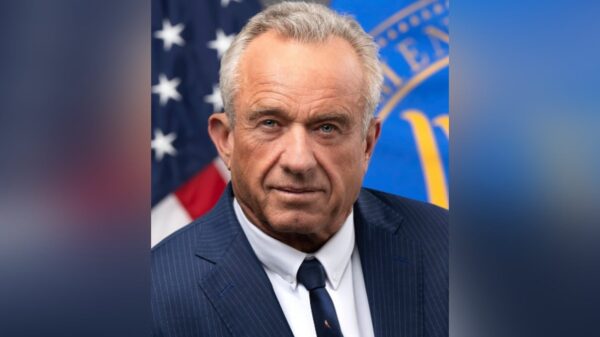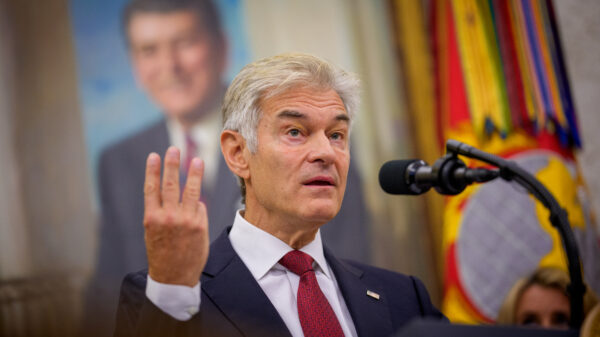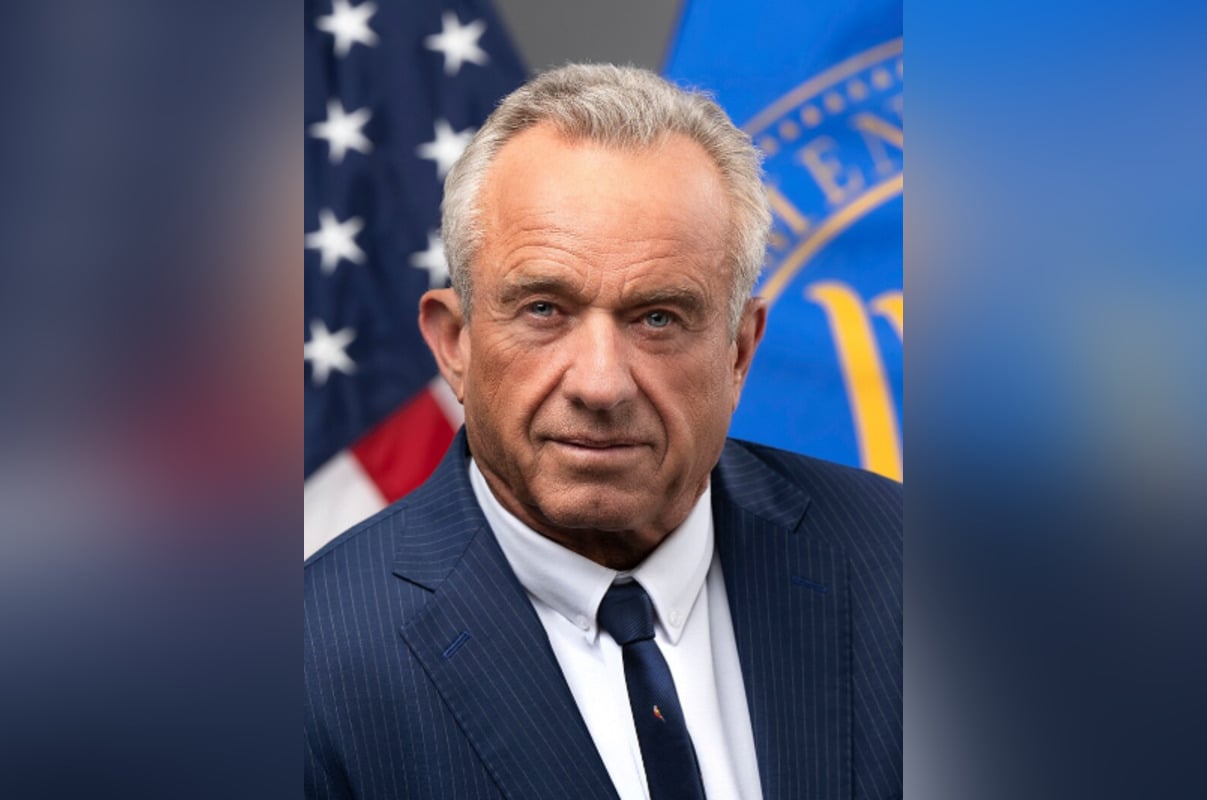The U.S. government has initiated a transformative effort to enhance health care in rural areas through the launch of the $50 billion Rural Health Transformation Program. This significant investment is part of the Working Families Tax Cuts Act and invites all 50 states to submit proposals aimed at improving rural health care systems. The program, announced by the Centers for Medicare & Medicaid Services (CMS), seeks to establish long-term solutions that enhance accessibility and infrastructure in underserved communities.
The initiative is designed to address the persistent health disparities faced by rural Americans, ensuring that quality care becomes more accessible. As stated by the U.S. Department of Health and Human Services (HHS), the program aims to improve the overall patient experience and health outcomes for these communities.
Robert F. Kennedy, Jr., the U.S. Secretary of Health and Human Services, emphasized the importance of this initiative, highlighting that rural communities have long awaited action from Washington. “Rural communities are the bedrock of America. They have waited too long for Washington to act. Now, at last, we are acting with the largest investment ever made to improve health care for rural Americans,” he said. This sentiment underscores the urgency of addressing health care access in these areas.
In a similar vein, Dr. Mehmet Oz, CMS Administrator, remarked on the historical neglect of rural health care infrastructure. “For too long, when it comes to health care access and infrastructure, we’ve left behind the backbone of America. That stops now with this program that will spark real change for rural health care,” he stated.
The Rural Health Transformation Program invites states to identify their unique health care challenges and propose tailored solutions. This collaborative approach aims to foster innovative strategies that can lead to sustainable improvements in rural health systems.
As the federal government rolls out this initiative, stakeholders in health care and rural communities are keenly watching how these funds will be utilized. The hope is that this program will not only address immediate health care needs but also lay the groundwork for a more resilient health care framework in rural America.
With the potential for significant impact, this program marks a pivotal moment in the ongoing effort to reshape health care delivery in regions that have been historically underserved. The investment signals a commitment to long-term health equity and improving the quality of life for millions living in rural areas.


































































